Plastic pigments refer to auxiliary materials added during the process of using polymers (resins) to process and shape plastic products in the plastic processing industry, which can change and affect the color of plastic products.
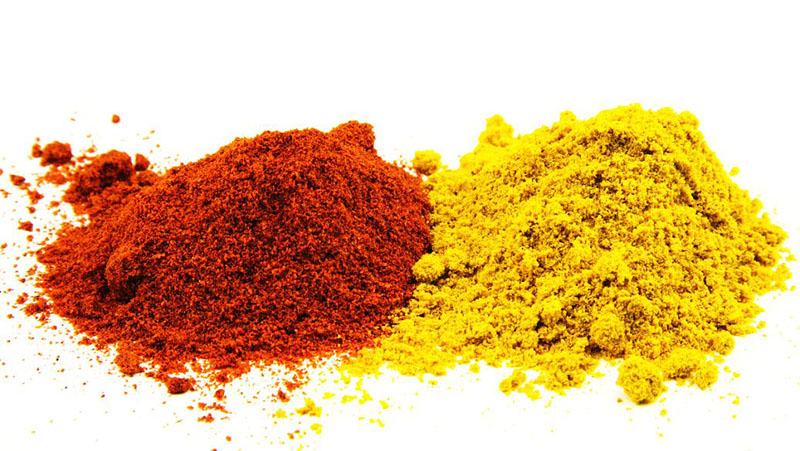
The function of rotational molding pigments in plastic pigments is to color rotational molding products to meet people's aesthetic standards, while also influencing their psychology. At present, the color of rotational molding products is mainly obtained by adding pigments (color powder or masterbatch). Pigments have three characteristics: hue, brightness, and saturation.
In terms of pigment coloring effect, it should have performance requirements such as covering power and coloring power.
From the perspective of product usage, it is required that the color has good weather resistance and adhesion.
There are other requirements for special usage environments, such as acid and alkali resistance, as well as electrical performance.
In the production and manufacturing of rotational molding products, in order to meet the process requirements, technical performance requirements are also put forward for plastic color, such as temperature resistance, migration resistance, dispersibility, migration resistance, oxidation resistance, moisture content, the influence of pigment addition on material mechanical properties, and the influence on melt flow rate. Environmental protection should also meet ROHS requirements. Plastic pigments, plastic additives, rotational molding pigments
Regarding the relevant standards for plastic pigments:
GB 3182-1982 Classification, Naming and Model of Pigments
GB/T 1864-1989 Comparison of pigment colors
GB 1714-1979 Method for determination of pigment moisture content
GB 5211.3-1985 Determination of Volatile Matter of Pigments at 105 ° C
GB 1719-1979 Determination of pigment flowability
GB 5211.6-1985 Determination of Acid Resistance of Pigments
GB/T 12351.2-1992 Determination of relative coloring power and relative scattering power of white pigments (photometric method)
GB/T 1710-2008 Comparison of Light Resistance of Similar Colored Pigments
GB/T 1713-2008 Determination of Density of Plastic Pigments - Pyknometer Method
GB/T 1717- Determination of pH value of pigment aqueous suspension
GB/T 21867-2008 Determination of changes in coloring power of plastic pigments
GB/T 2186-2008 Pigments and pigments - Dispersion methods for evaluating dispersibility
Regarding the selection of plastic pigments (pigments or colorants), special attention should be paid to the key technical performance requirements: product weather resistance, pigment heat resistance, pigment flowability, and their impact on the use and processing technology of rotational molding products. The content of this section will be elaborated in the next article.


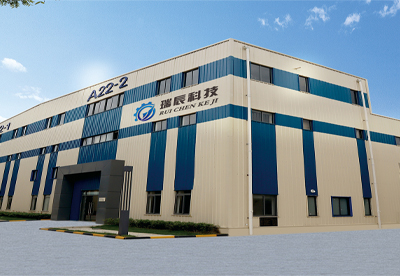

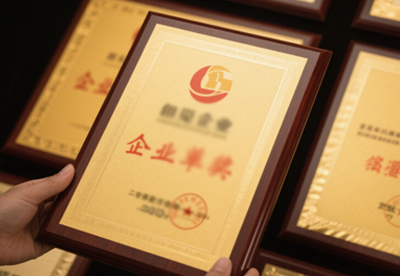
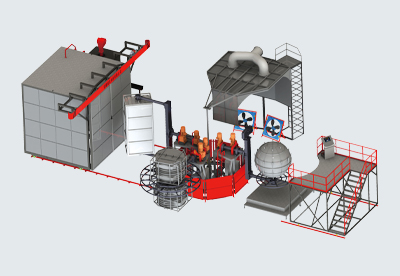
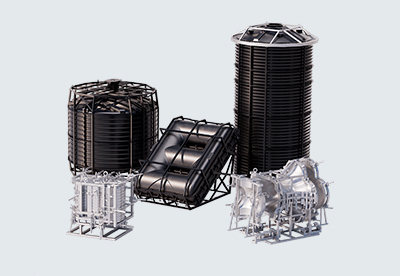
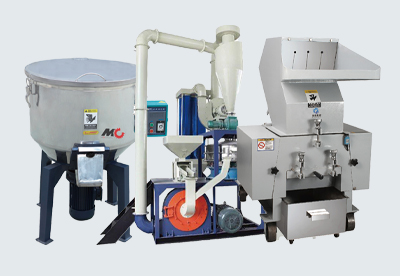
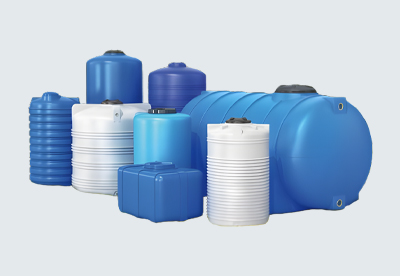

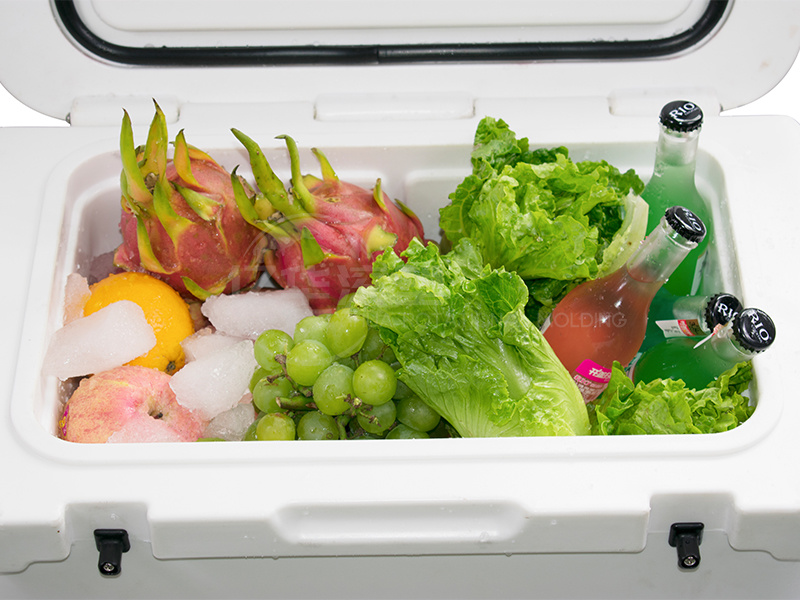
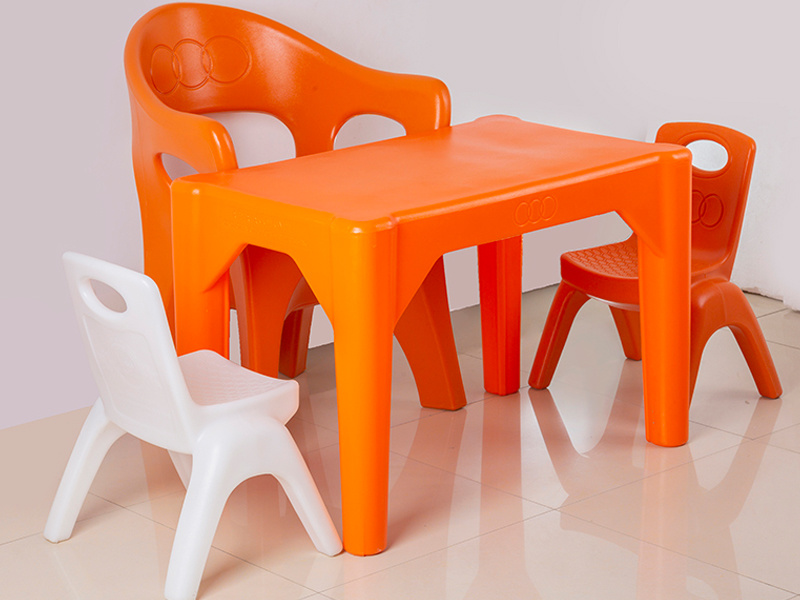





 Phone:
Phone: Add:
Add:

